-
1.
LONDON TIMES,
London, England, Jan. 4, 1971-Science Report-WEATHER,
-
“How
Lightning May be Produced,”
-
.... .the observation of this separation process may therefore be
the prime factor in the generation of thunderstorm electricity....”
-
-
2.
ANN ARBOR
NEWS, Jan. 31, 1971-The Science Beat, “Causes Lightning?”
-
.
. .A. D. Moore, University of Michigan,
Professor Emeritus of Electrical Engineering, and one of the world’s
foremost authorities on electrostatics, says what could be the big
‘breakthrough’ in knowledge of what causes electrical discharges
during thunder storms..... .the best explanation yet of the electrical
discharges we hear as thunder and see as lightning...”
-
-
3.
NEW SCIENTIST,
London, England, Vol. 734, Jan. 1971. “
-
.
. .Recent observation by Roger Cheng of the University of New York
reveals a fascinating new microscopic process which almost certainly
has an important bearing on how thunderclouds become charged to
their high voltages....”
-
-
4.
SUMMARY
REPORT WEATHER MODIFICATION,
Fiscal Year 1972,
-
by
US Dept. of Commerce, National Oceanic &
Atmospheric Administration
-
from
chapter Cloud Electricity and Lightning Modification, “.....investigators
from the State University of New York at Albany (Cheng, 1970) have
been studying the freezing of super cooled water drops. suggestion
that this mechanism might be important in the generation of thunderstorm
electricity....”
-
-
5.
Dr. J. V. Iribame,
University of Toronto, Canada,
-
.....
I believe that separation of liquid droplets, rather
than ice splinters, may be a basic process causing
electrification during riming of super cooled droplet....”
-
-
6.
Dr. Herbert A. Phol,
University of Cambridge, England,
-
....
.it opens up several new pathways. .1 am citing
your work in my chapter in A.D. Moore’s forthcoming book on Electrostatics....”
-
-
7. Dr.
Senichi Masuda, Chairman, Dept. of Electrical Engineering,
University of Tokyo, Japan,
-
....
.1 would like to use the photomicrograph related to your
article in SCIENCE, ..'Water Drop Freezing: Ejection of Microdroplets'
in
my book,
“MODERN APPLIED ELECTROSTATICS”.
-
-
8. Dr.
Leonard B. Loeb, Professor of Physics,
University of California, Berkeley, “
-
...
it could well be that this is one of
the main sources of thunderstorm electrification—
-
especially since it has been shown that B.J. Mason’s
splintering theory has proven inadequate.., you have
made a most interesting discovery.
-
-
9.
Dr. C. L. Andrews,
Professor of Physics, SUNYA,
-
.....
it is the most beautiful combination of mechanics, thermodynamics,
electricity and magnetism and optics... you have initiated a field
worthy of a few lifetimes of study...
-
-
10. Britanica Yearbook
of Science and the Future, 1973,
BRITANICA ENCYCLOPEDIA,
-
from
Review of Atmospheric Science, by Dr. L. J.
Battan, Professor of Atmospheric Science,
-
Director
of the Institute of Atmospheric Physics, University of Arizona,
-
....
.this separation mechanism could possibly generate lightning in
storm clouds...
-
-
11. The World
Book Science Annual 1974, SCIENCE
YEAR from Science Report “The New Rainmaker”
-
by Dr. C. L. Hosler, Dean, College
of Earth & Mineral Sciences, Penn State University, “
-
...tiny
particles of ice break off..., and scattering electrically charged
micro-droplets..., such studies help explain rapid changes in the
cloud...”
-
-
12. Dr. Choji
Magono, Professor, Geophysical Sciences, Hokkaido University,
Japan,
-
Chairman:
Section of Ice and Snow Crystals, International
Conference on Cloud Physics, 1968 in his keynote paper at
the conference, .... .Cheng (1967) observed many clumped ice crystals
and considered that the clumping was caused by Coulomb force. The
author also observed clumped ice crystals...and found that the clumping
seemed to occur under a microscope by Coulomb force...”
-
-
13. From
“Aggregation Phenomena of Ice Crystals,” Journal of the Meteorological
Society of Japan,
-
Vol.
50, No. 5, October, 1972, “......it is noted.. .that
the ice crystals observed were in a state of growth in which the
charge separation could occur within an ice crystal, as pointed
out by Cheng (1967).”
-
|
|
|
|
|
 |
 |
|
|
|
HOME
|
ATMOSPHERIC
SCIENCES
|
SNOW
and ICE
CLOUD
SEEDING
|
FREEZING
of A WATER DROP
|
FRAGMENTATION
of
A FROZEN DROP
|
MELTING
of
A
FROZEN DROP
|
CHARGE
within
An
ICE CRYSTAL
|
PUBLICATION
and
CITATION
|
|




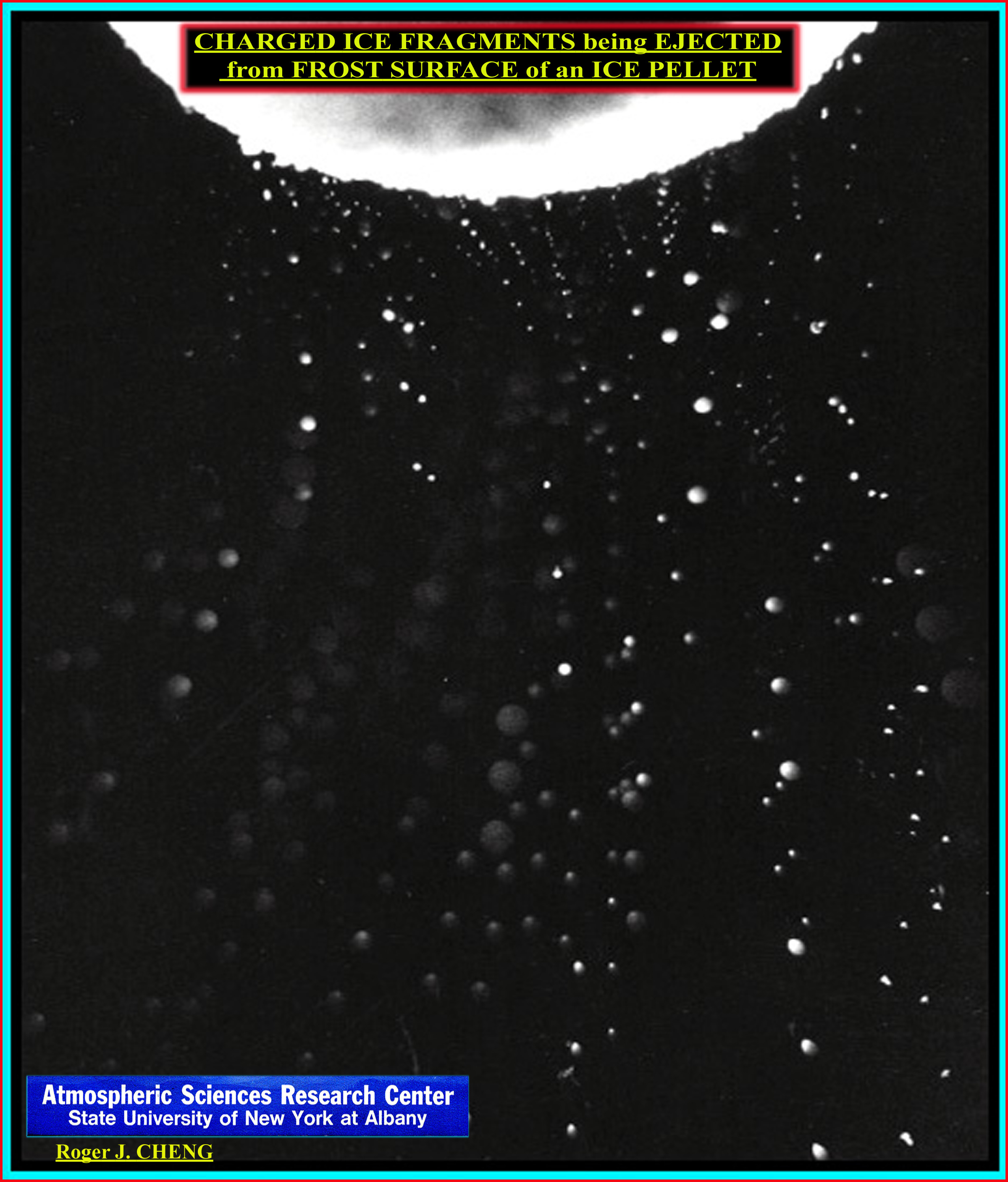




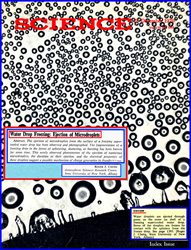

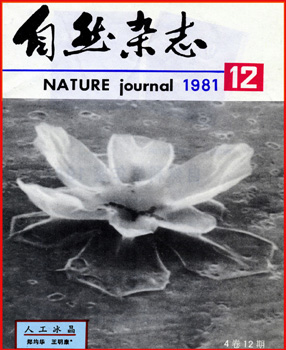




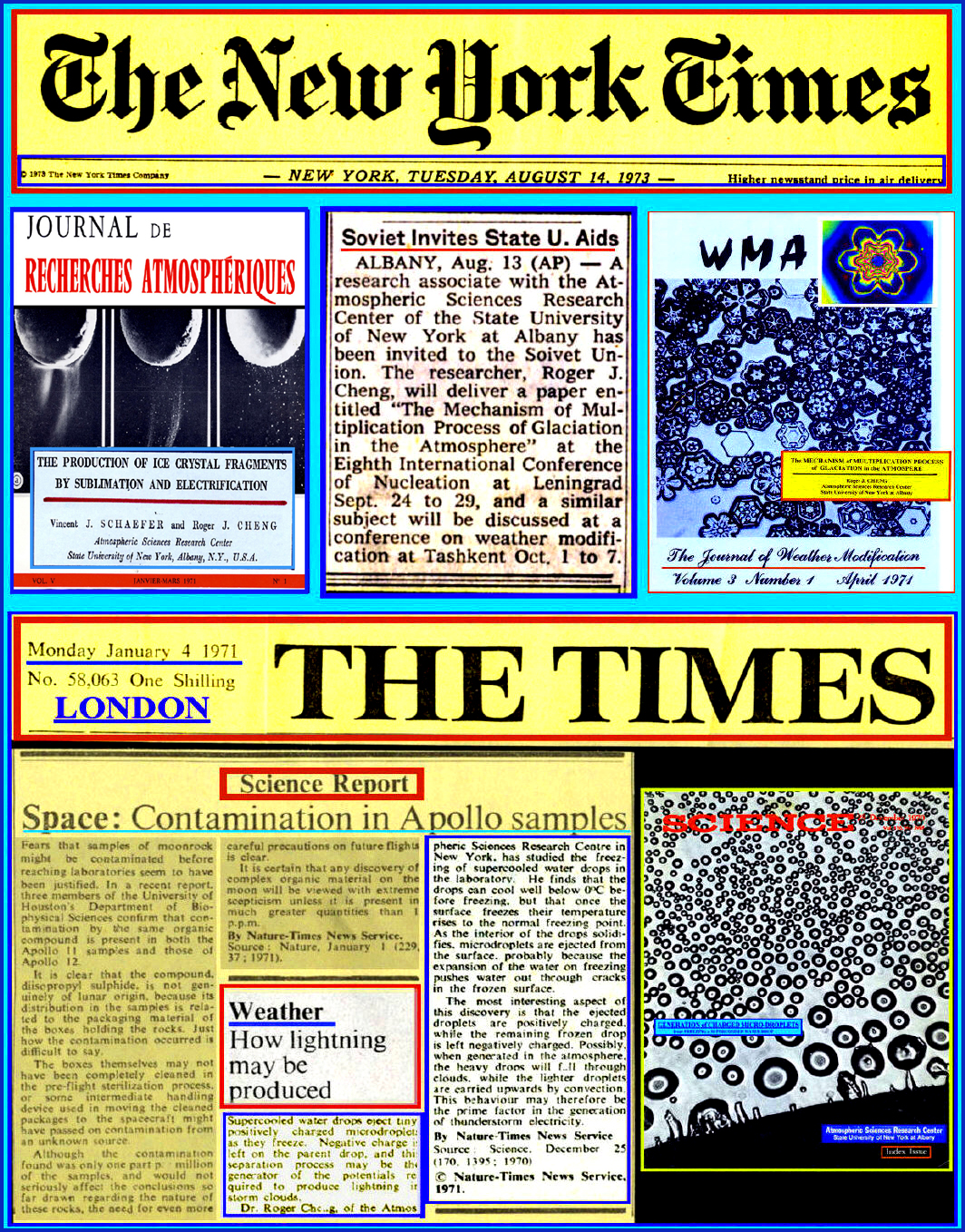

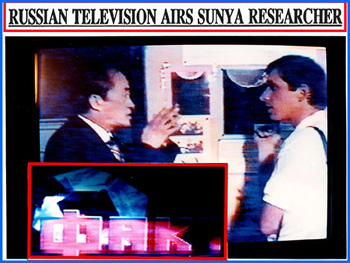
.jpg)

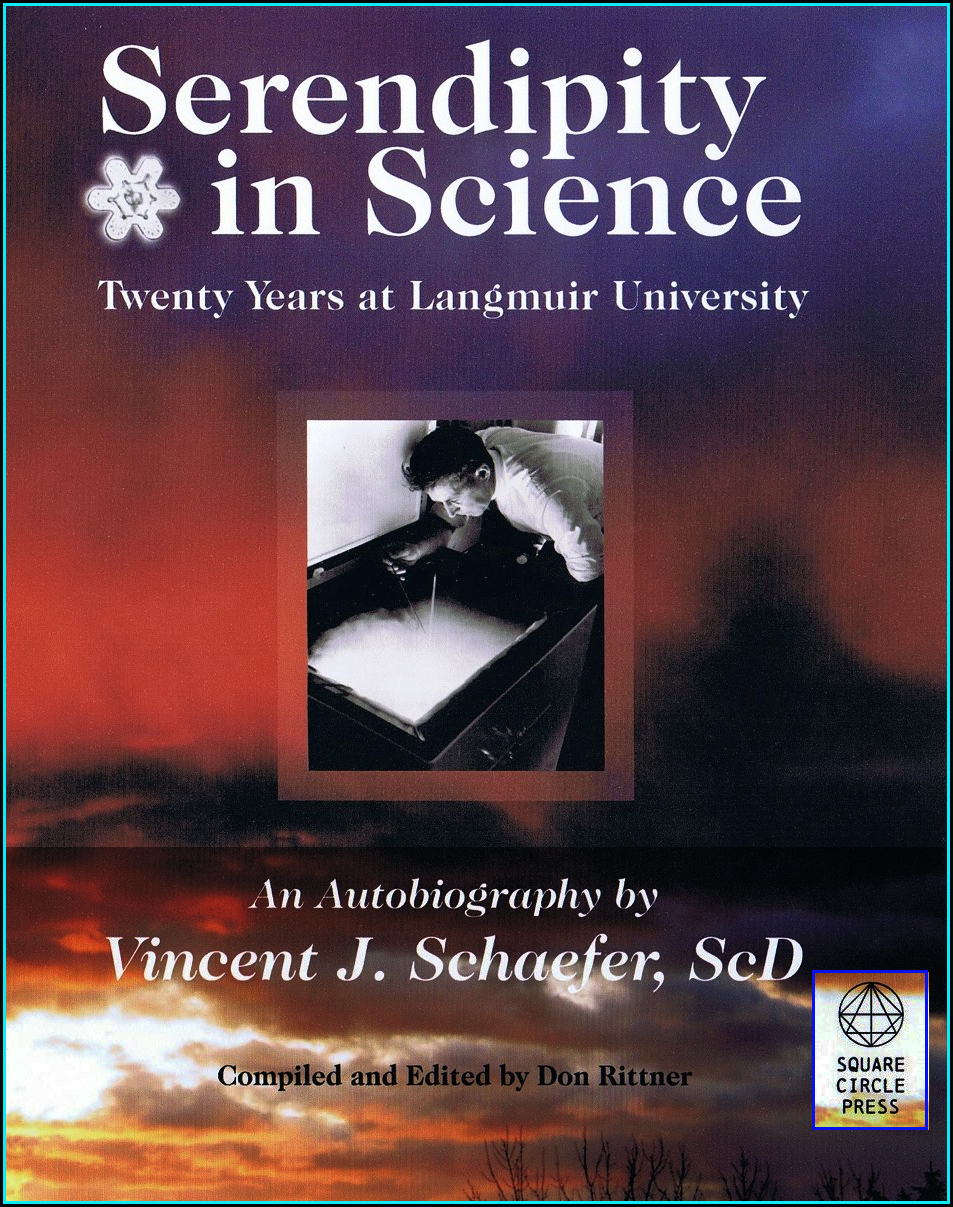
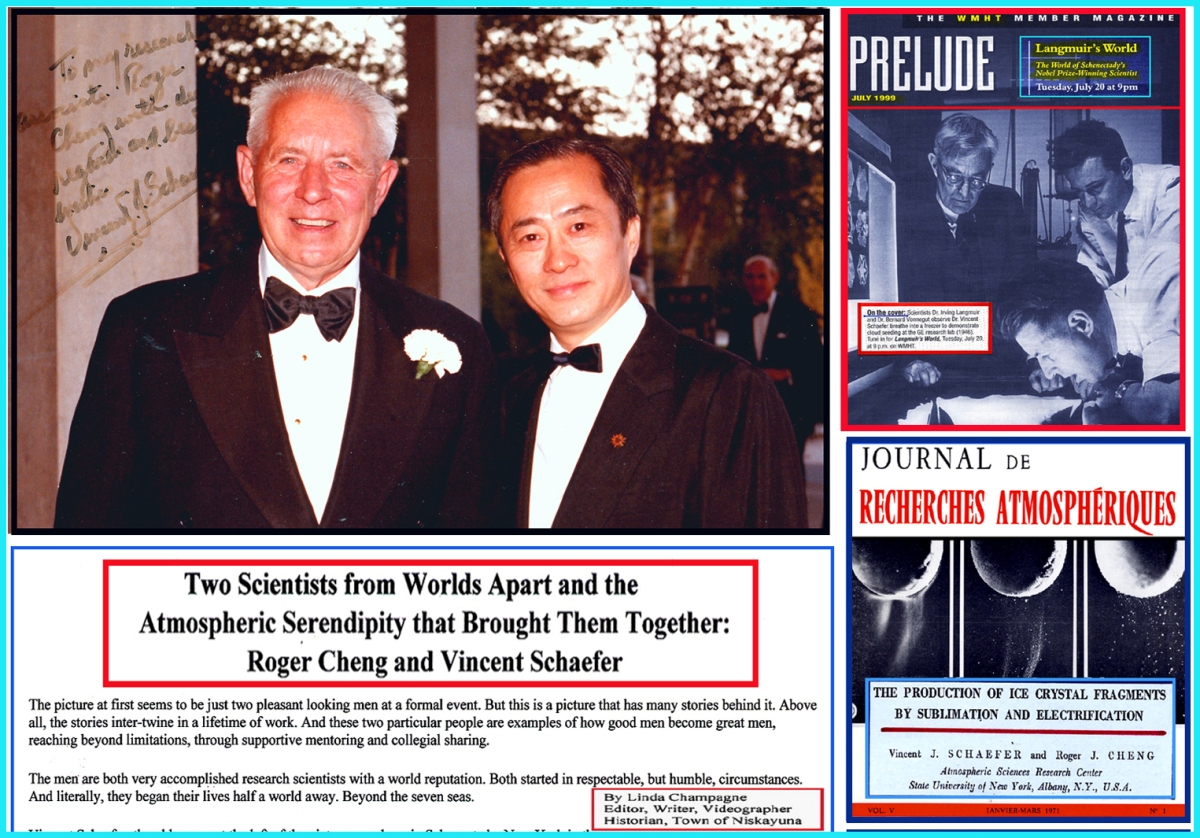
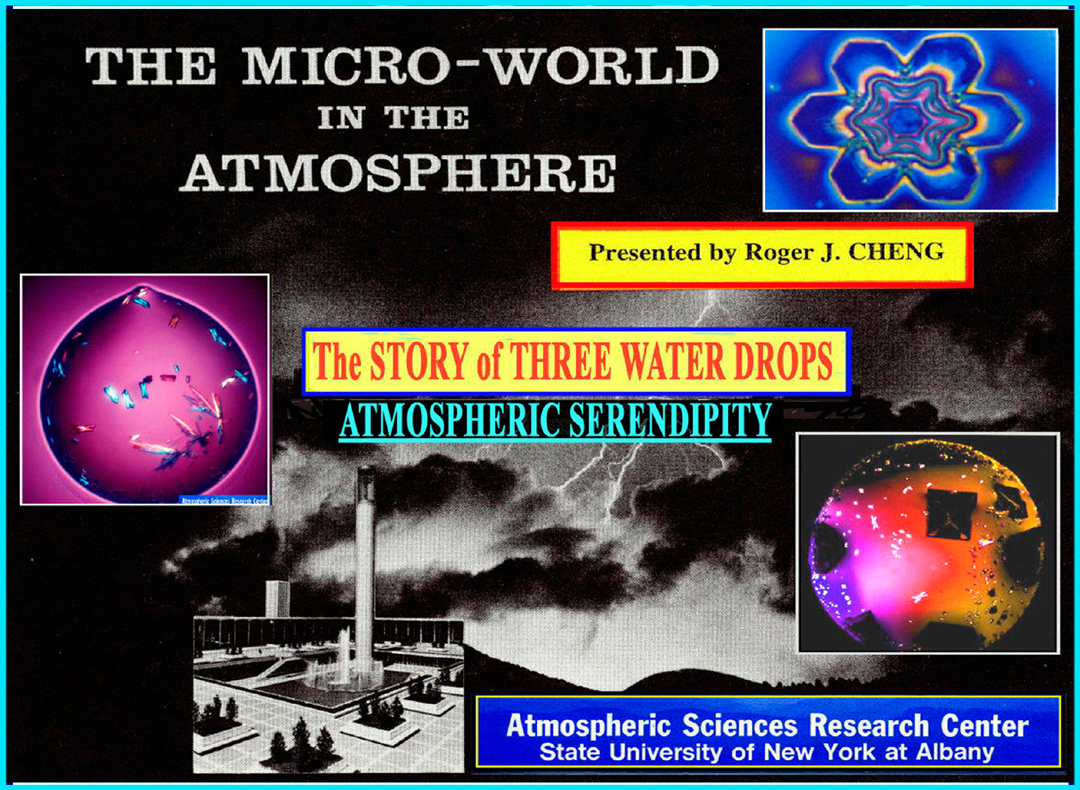


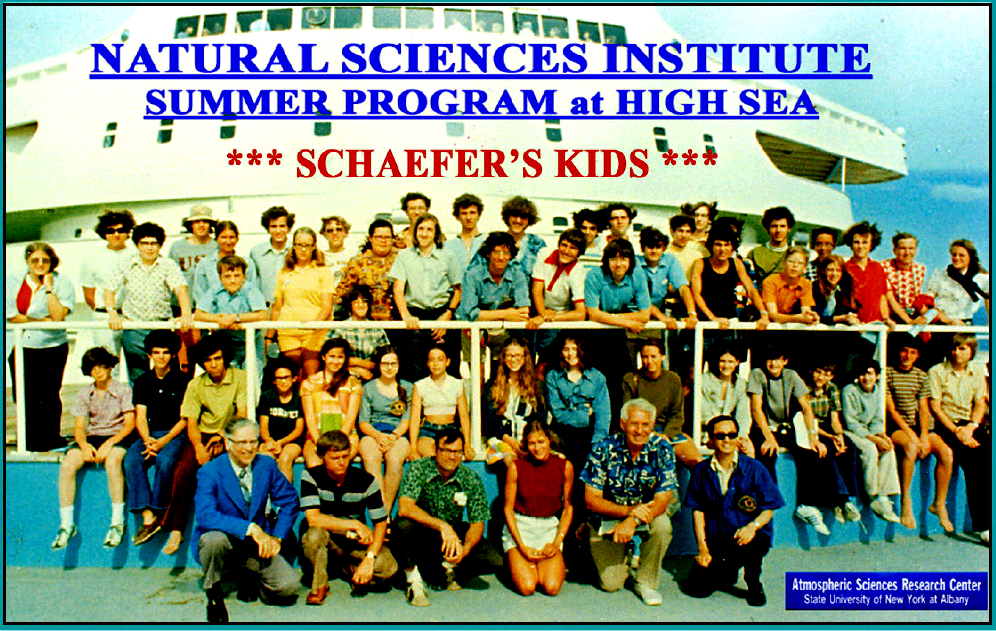










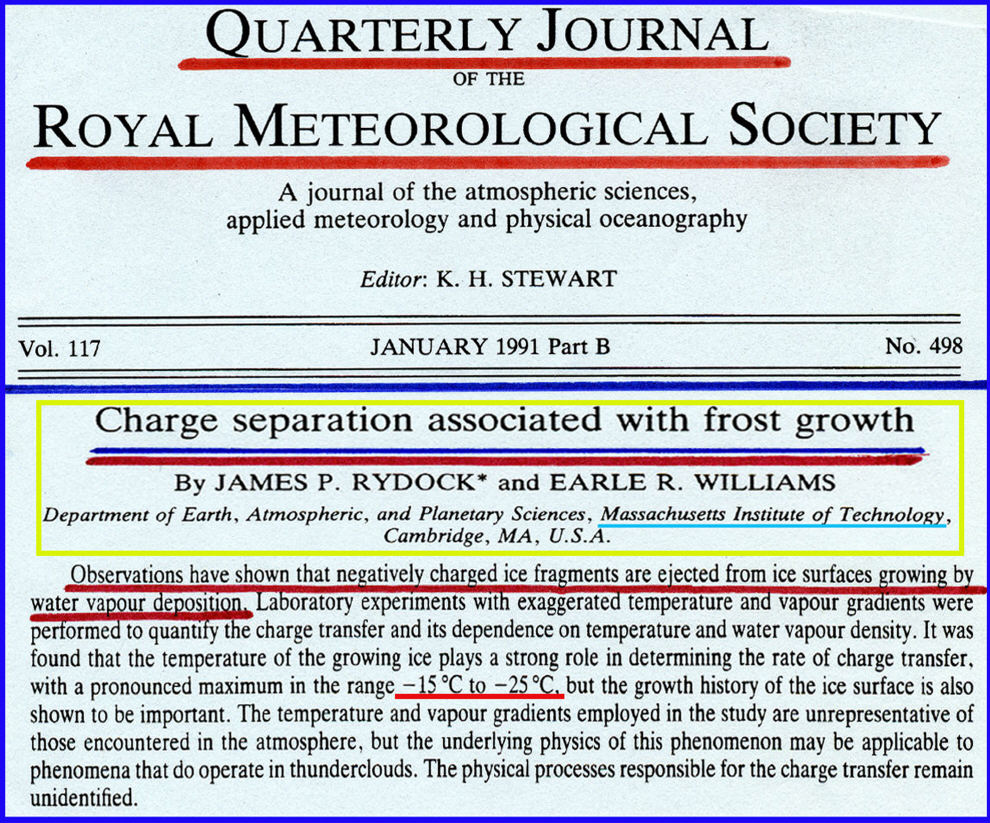
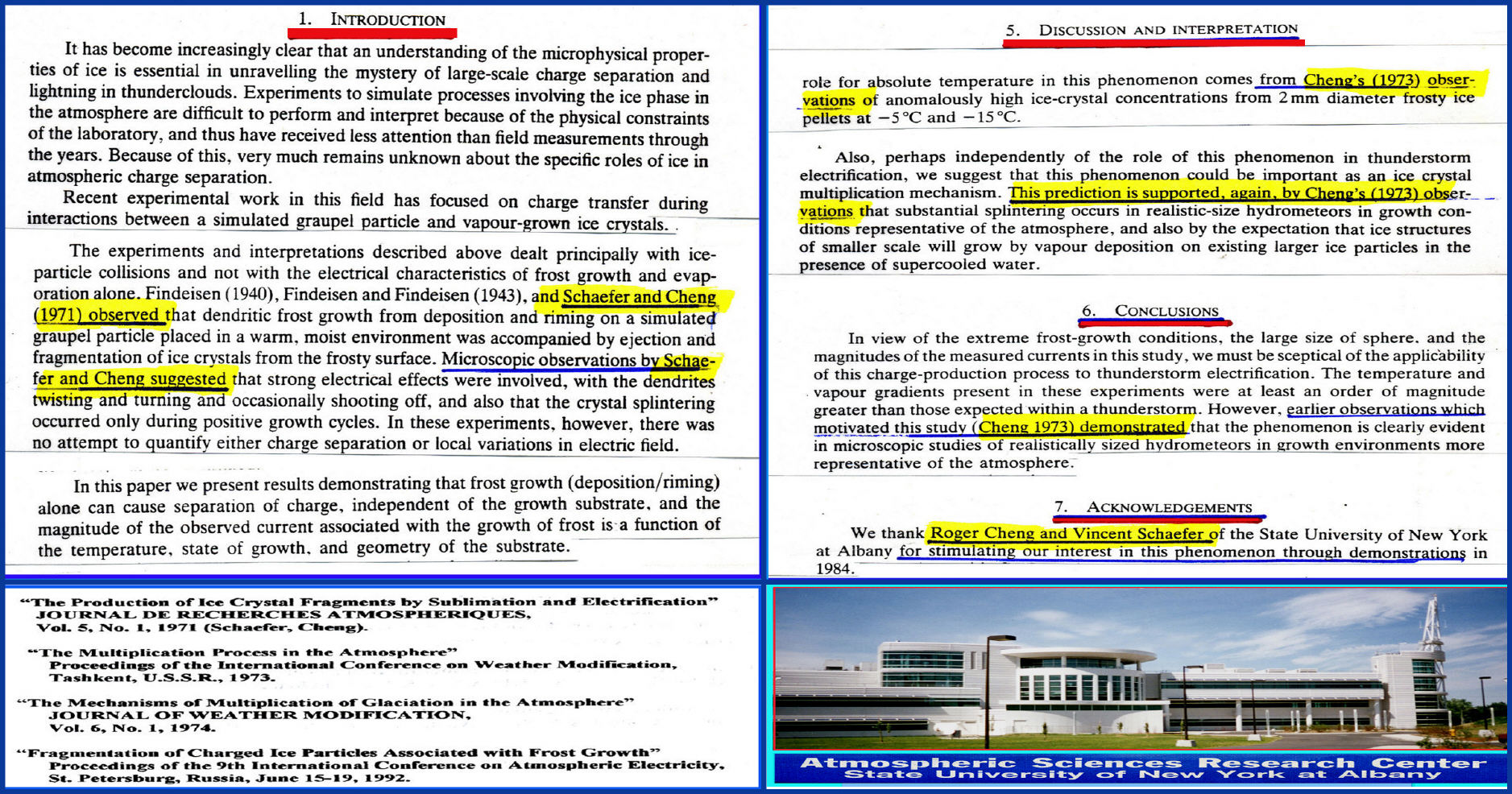
.jpg)
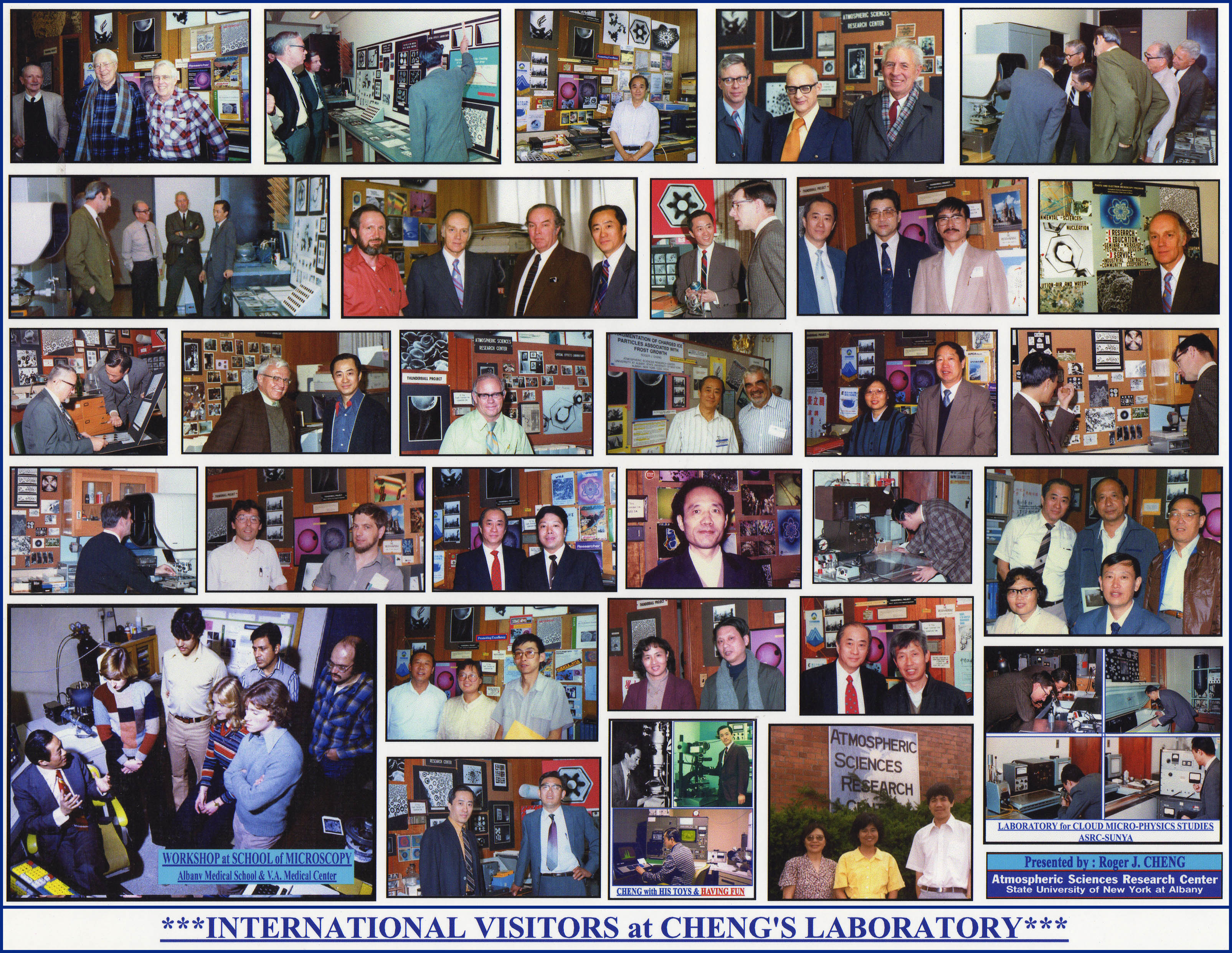

.jpg)
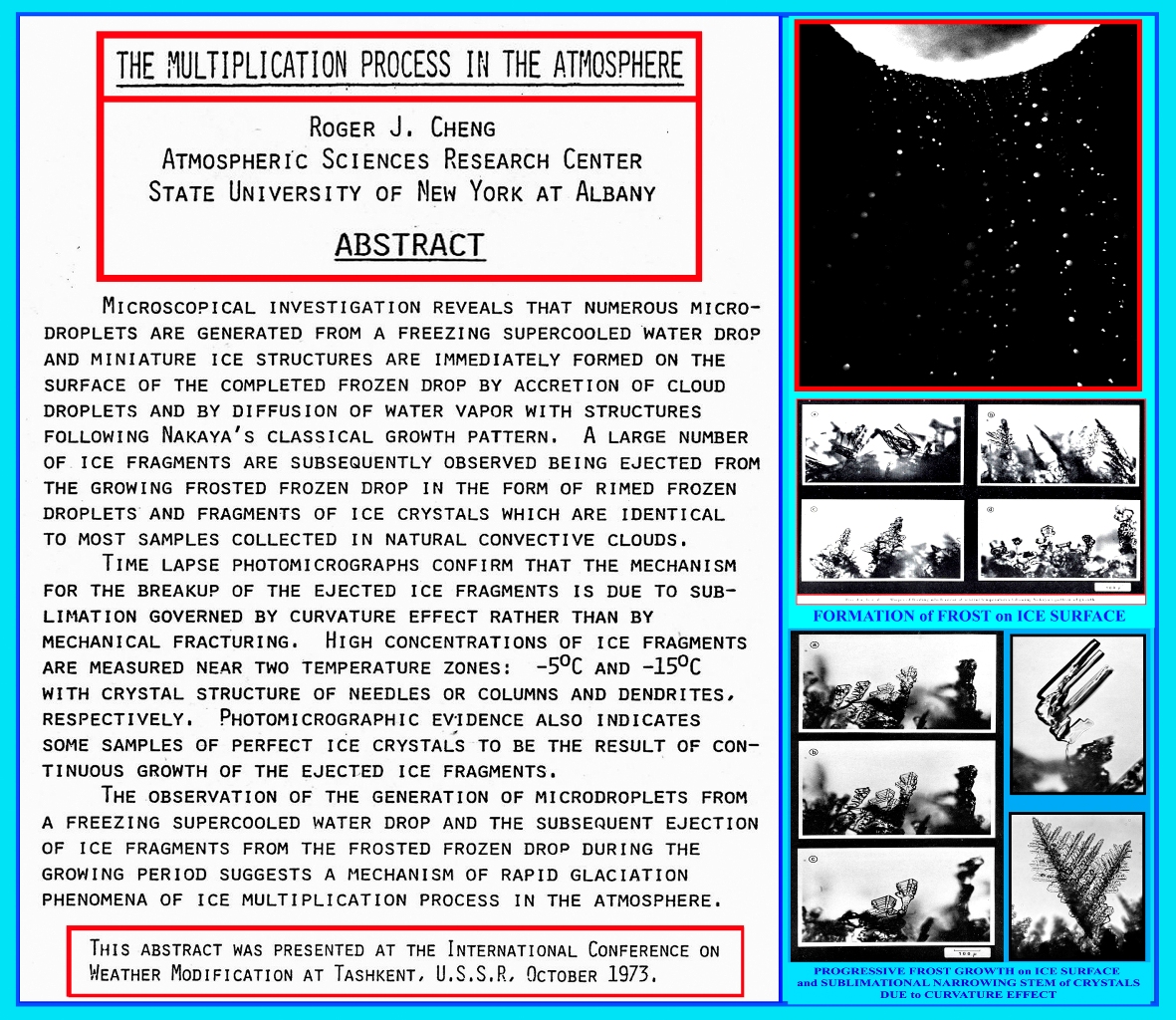





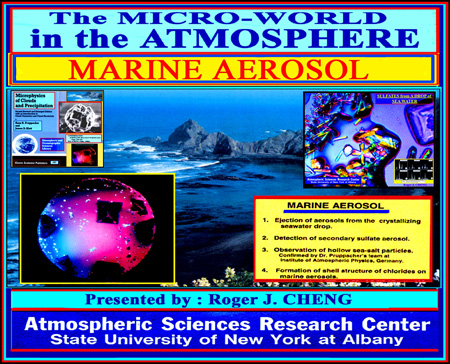





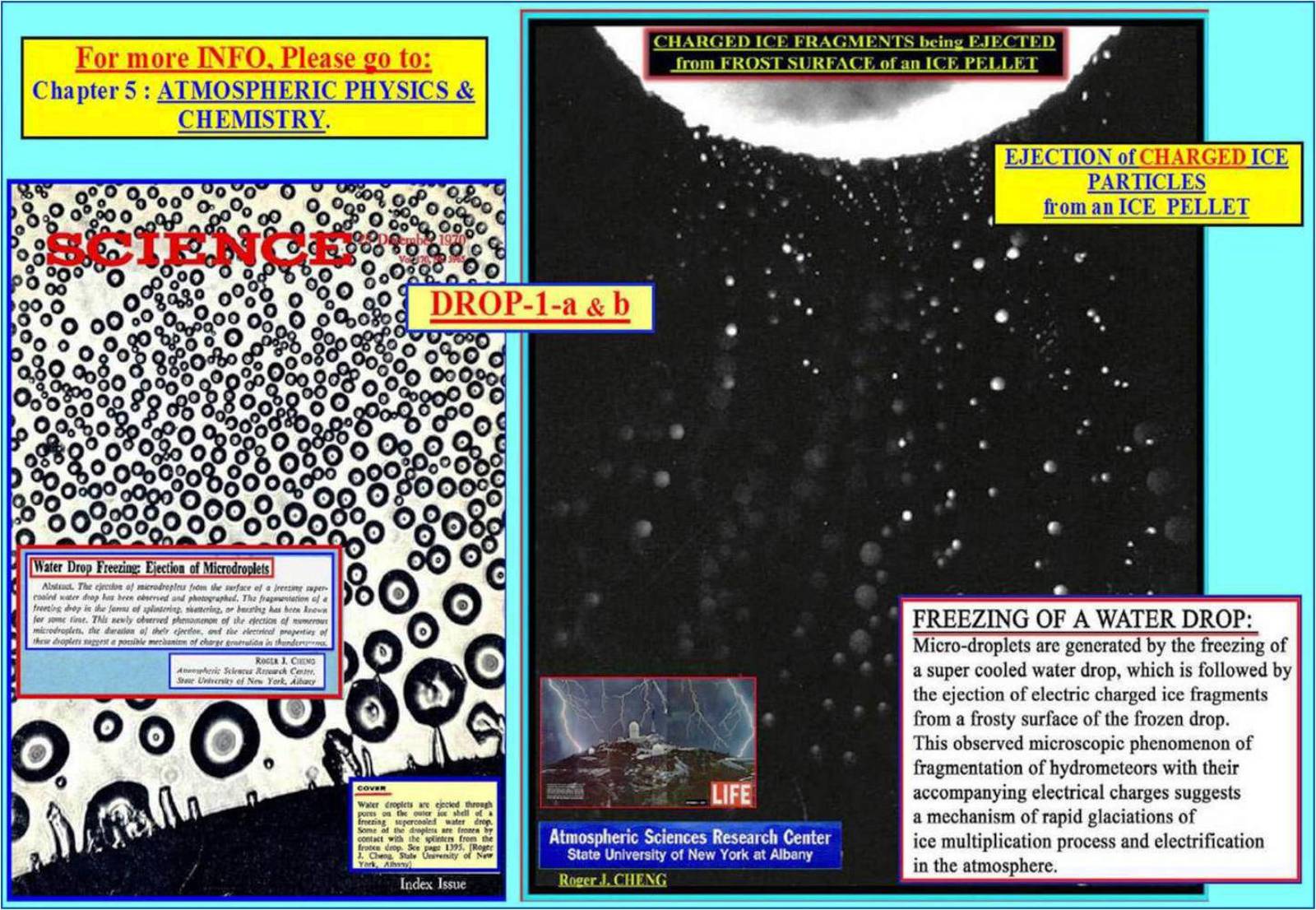
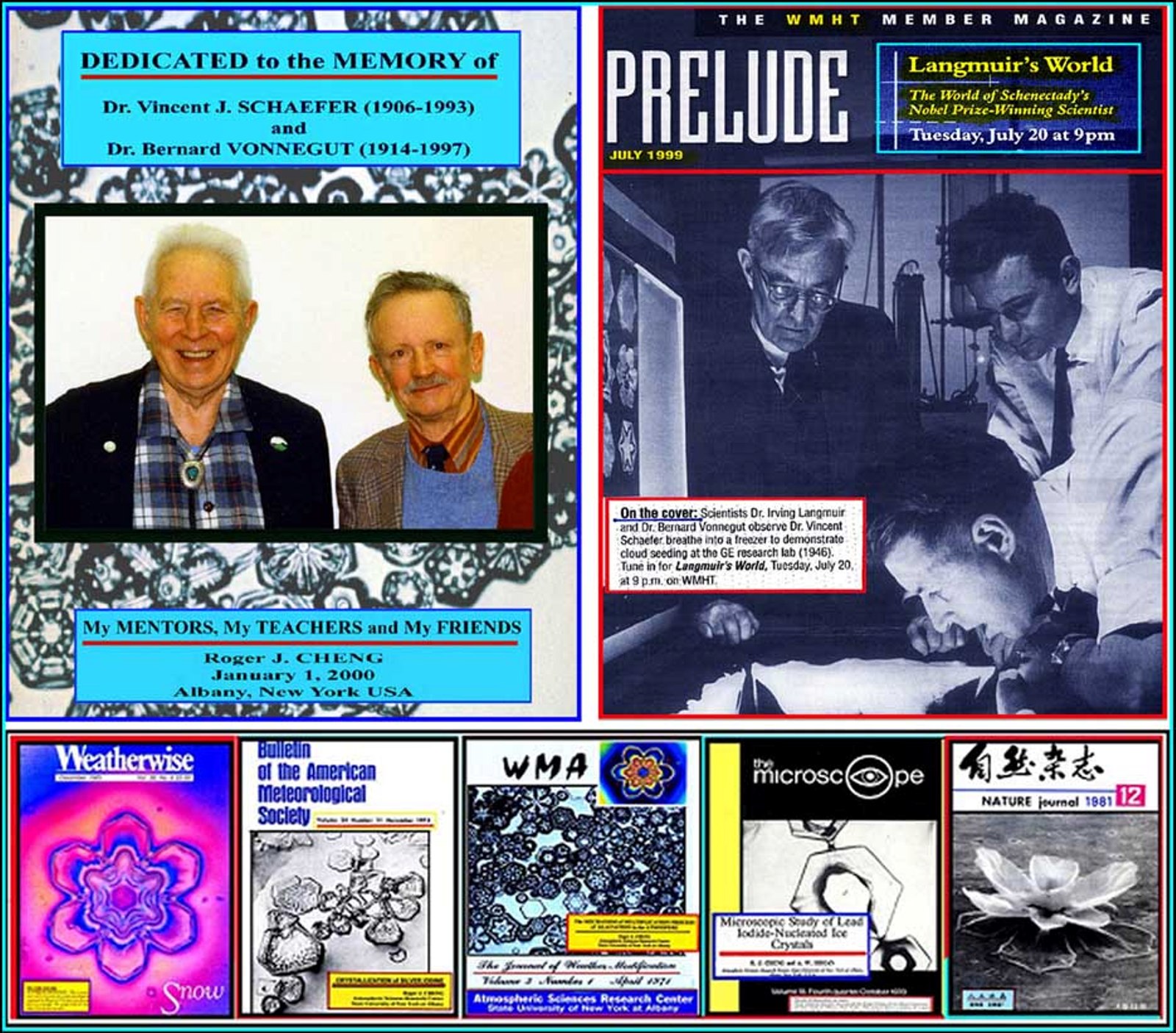


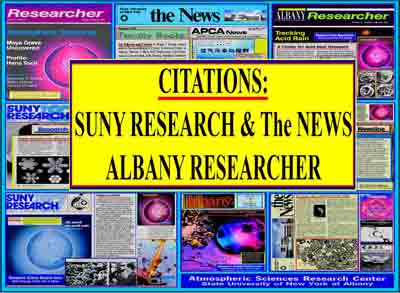

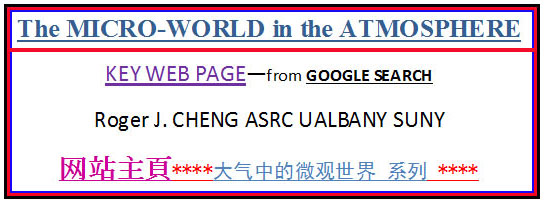

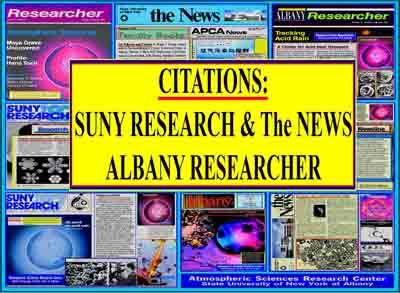

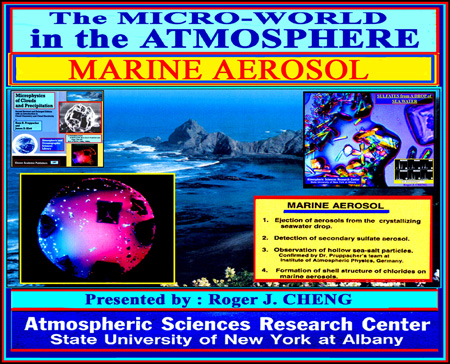
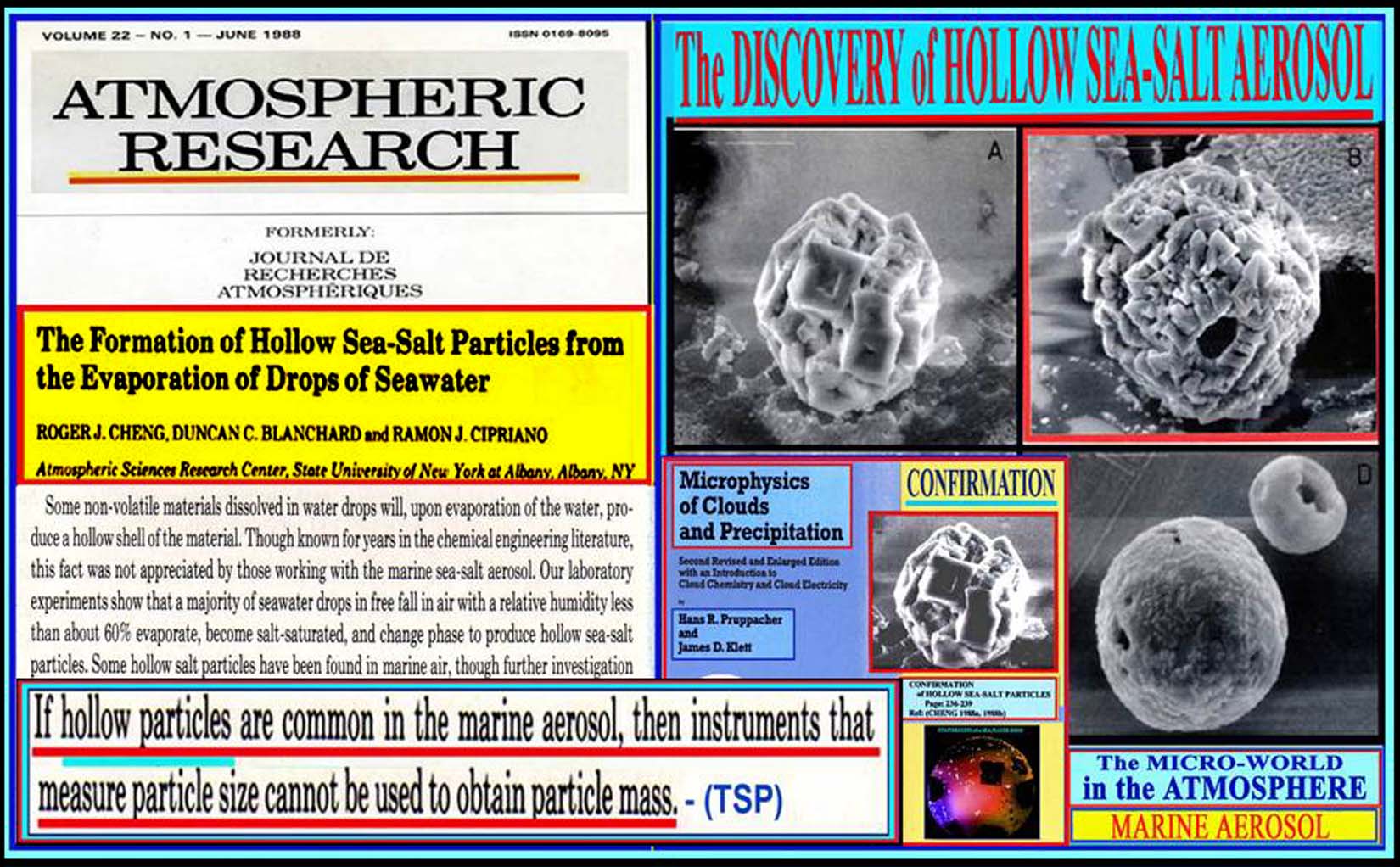

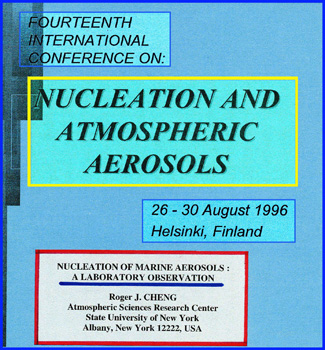


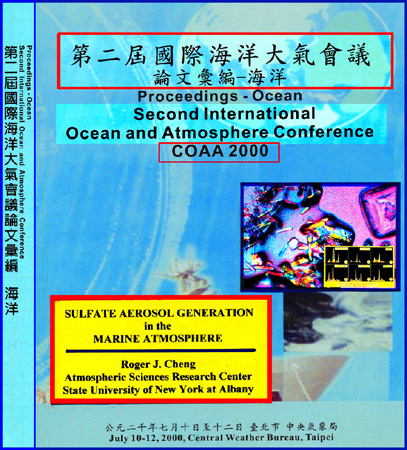




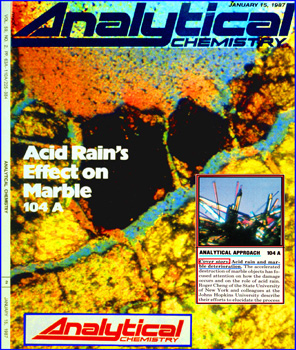
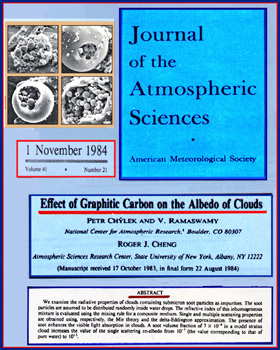


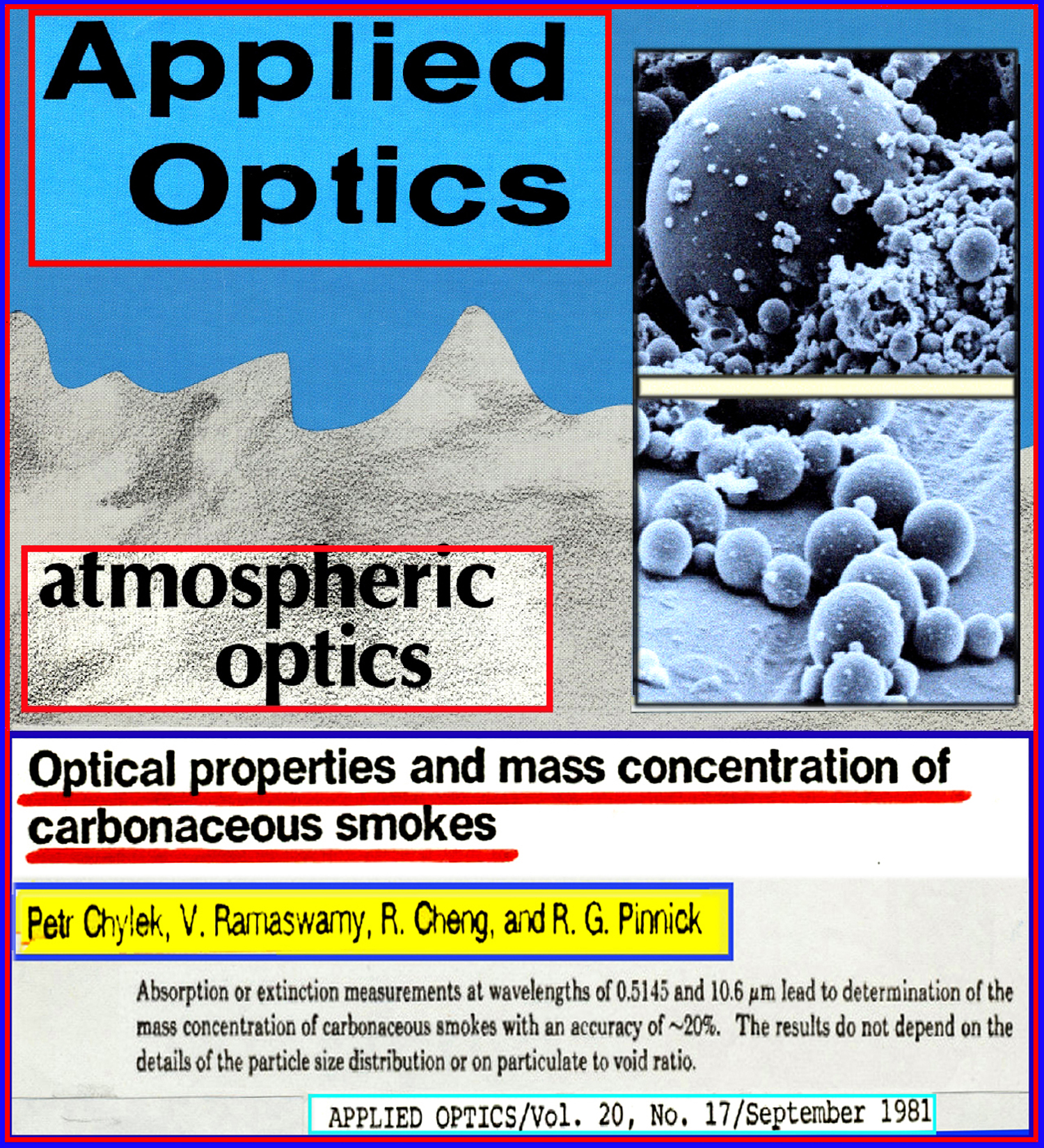
.jpg)